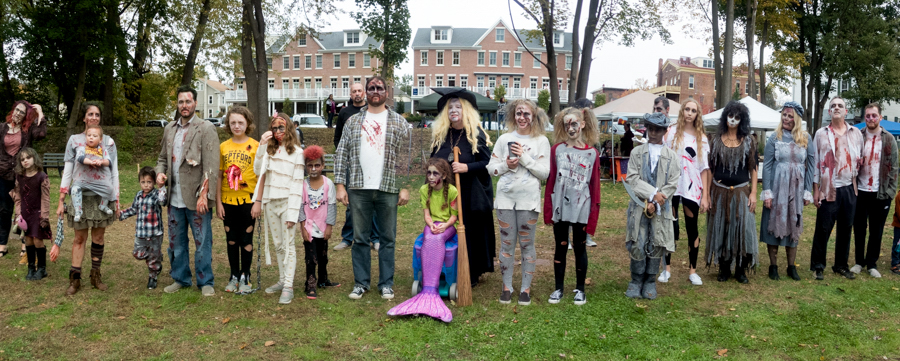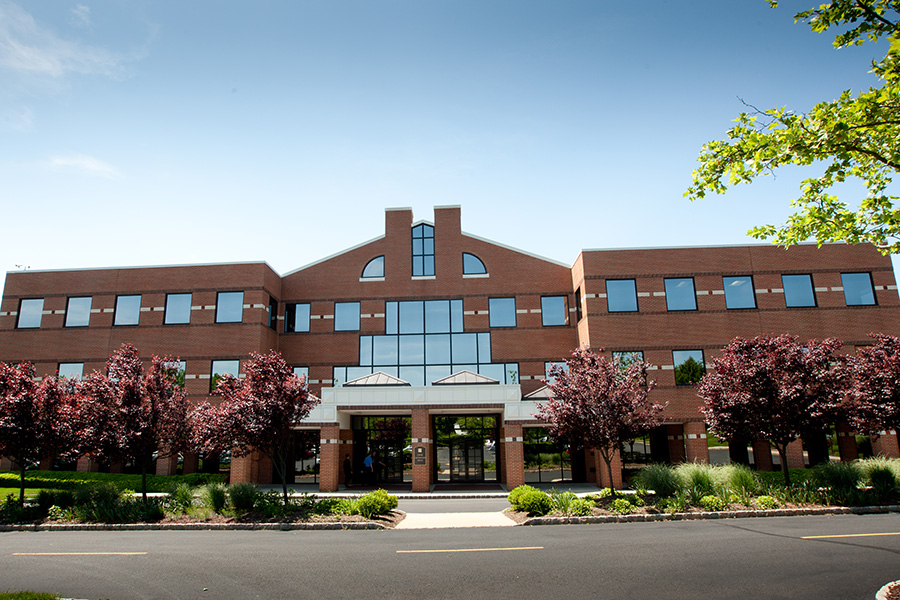Photography is a powerful medium. Good images influence the way people think and act. What is a good image for a business? It’s one that evokes a positive response.
Below are a few questions to help you think through your photos and how they can benefit your business.
Who do you serve?
This of course is the first question every business should answer. Who we serve dictates how we communicate and our photos are all about communicating, sending our messages, telling stories.
We generally know who we serve such as the region and demographics. The more we think about it, the more granular we can be. As we think about our customers we should be able to get a fairly good idea of the types of images they will respond to.
Our photos should be images for the people we want to serve.

What do your clients want and can you put in a photo?
Businesses are in business to solve problems. Don’t have enough milk? A store will solve your problem. Need to get something to the space station? Get in touch with Elon.
How do you solve problems and what are the results? Do you provide products you can show? Or do you perform services?
Ideally you can create and use photos that communicate a sense of satisfaction, security or contentment when your product is used or your service performed. What do your customers value? It it family life, activities, entertainment, productivity, etc.? People should be able to sense themselves in these photos and experience a good feeling. They will associate this good feeling with you.
If you, as a person, are known personally for your expertise and service then good photos of you will tell people who you are and can give them a sense of familiarity. That is why business portraits and headshots are so important. We humans are social critters. We are attracted to other humans. We love photos of other people Photos of you and your teams give people a sense of who you are. Photos on location are especially effective.

What are people seeing?
We see things in our own photos that other people don’t see. We have a connection to the subject and that adds on a layer of meaning to us. People cannot see what we are thinking.
Well done photographs can convey meaning but we have to be honest when judging our own photos.
What is the subject of the photo? Is it clear and understandable what we are trying to show? Is the photo simple or cluttered. Are there a lot of other, non-related objects in the image that detract from the main subject?
The subject of the photo should be the undisputed center of attention. A viewer should not have to puzzle over what you are trying to show them. It should be abundantly clear.
The eye has a short attention span. It is continually scanning our environment, briefly zeroing on on details before darting off. It will do the same thing when it comes to photos. We quickly scan photos like we scan our environment.
A well represented subject will attract the eye and entice it to linger. Distracting objects, especially in the background will draw the eye away and reduce the impact of the photo.

Is it a good image?
Quality matters. Photos (especially business photos) need to be clear, focused, lighted well and have good color.

We’ve all seen our share of muddy photos. Photos that are a little bit fuzzy, darkish and too orange or yellow. Social media is chock full of awful photos. While these may be fine for cat photos or pictures to show grandma they should never be used for business.
Muddy photos make a muddy impression. Your photos should be as sharp and clear as you are. With some simple adjustments nearly every poor photo can be made much better.
One of the biggest culprits of poor photos is poor lighting, especially florescent lights. They create an unpleasant yellowish hue in photos. Natural color is important. Most cameras have setting for different kinds of light. The intensity and direction of light is also important. Light can be soft or hard and contrasty. Keep an eye on the shadow and make sure they aren’t interfering with the quality of your image.
Dark photos should definitely be avoided. If viewers can’t see things well in your photos they will stop looking at them. Low light photos are possible but take extra effort to make sure they come out well.
Flashes allow us take great photos in low light situations and can be beautiful but taking photos with flash can be tricky. Flashes that are built into our cameras and cell phones are often not that flattering so it may take some experimenting to get them to come out well. Using flash takes practice and usually extra units. Professionals only use off camera lights for most of their photos.
Keep Learning
There is plenty to learn with respect to using photos for your business. Subscribe to my newsletter or keep up with my blog to learn many tips, tricks and insights that will make your business photos better. Just fill in the simple form below. You can unsubscribe anytime.

